Optimal Timing for Waterproofing Applications
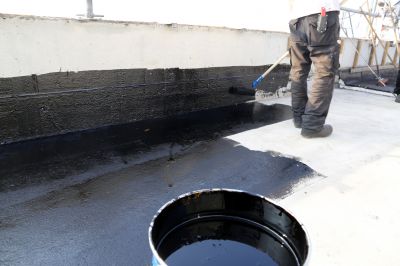
Applying waterproofing during dry weather ensures proper adhesion and curing, leading to longer-lasting protection.
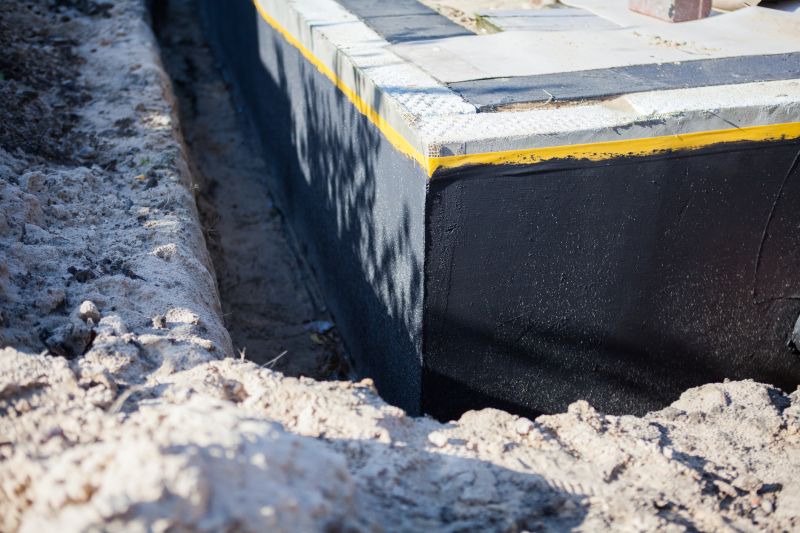
Scheduling waterproofing before rainy seasons prevents water intrusion during adverse weather conditions.
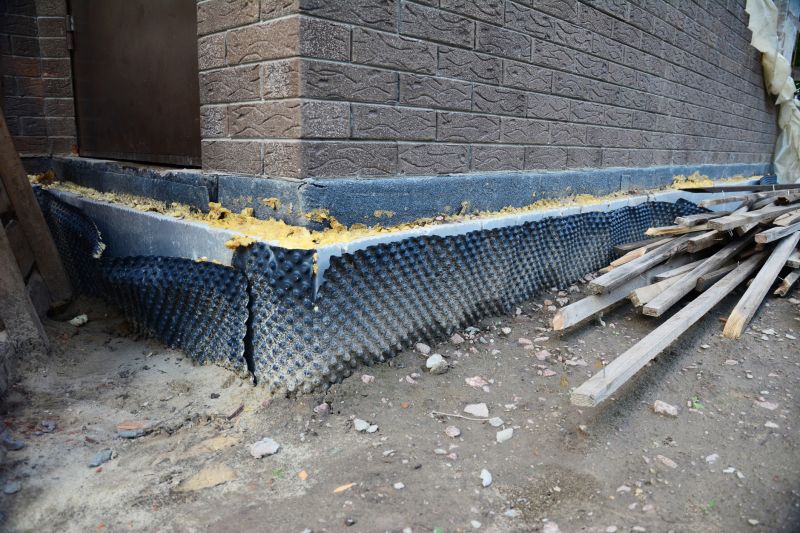
Mid-range temperatures facilitate better application and drying times for waterproofing materials.
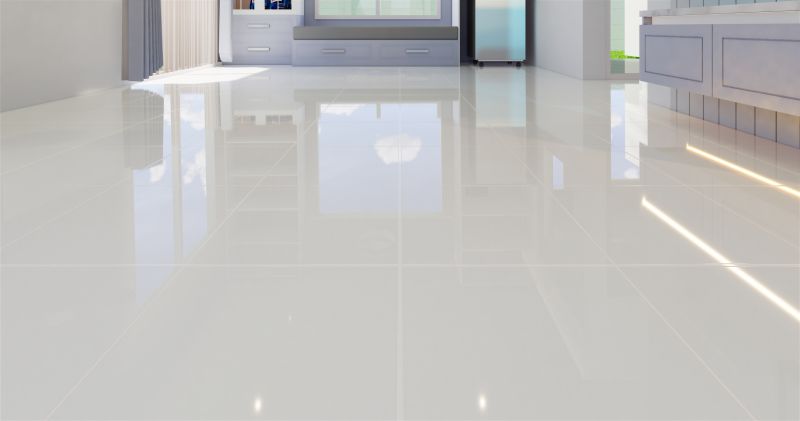
Ways to make Waterproofings work in tight or awkward layouts.

Popular materials for Waterproofings and why they hold up over time.

Simple add-ons that improve Waterproofings without blowing the budget.
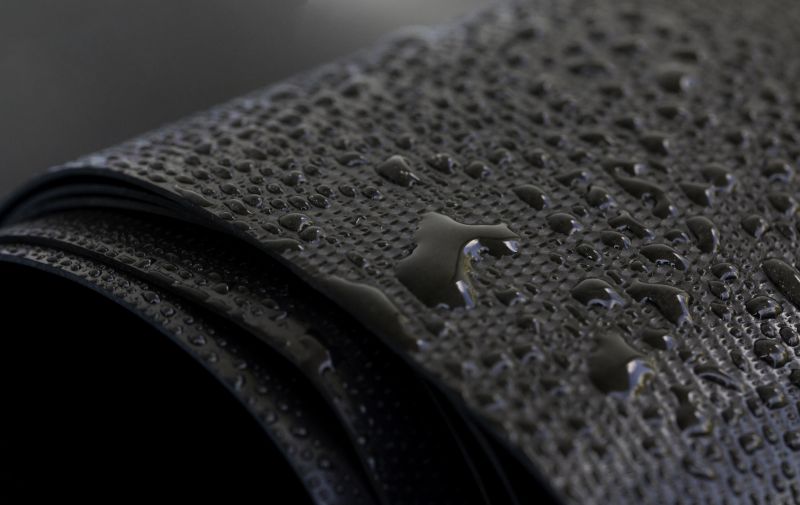
High-end options that actually feel worth it for Waterproofings.
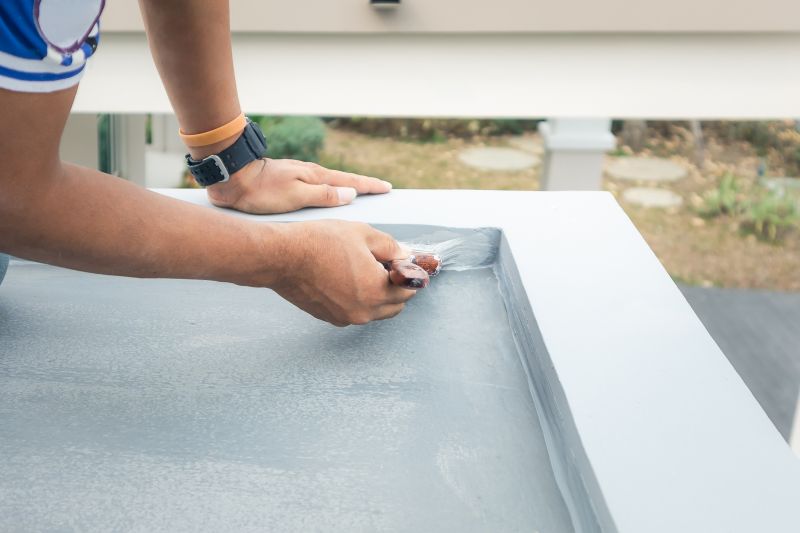
Finishes and colors that play nicely with Waterproofings.
Waterproofings are essential for protecting structures from water penetration, which can lead to structural damage, mold growth, and increased maintenance costs. Proper waterproofing extends the lifespan of buildings and improves their resilience against water-related issues. The timing of waterproofing applications significantly impacts their effectiveness, making it crucial to choose the right season and weather conditions.
Statistics indicate that waterproofing projects conducted during optimal weather conditions have a 30% higher success rate in durability and performance. Wet or humid conditions can compromise the integrity of waterproofing layers, leading to potential failures and costly repairs. Therefore, understanding seasonal patterns and weather forecasts is vital for scheduling waterproofing work effectively.
Avoid waterproofing during heavy rain or freezing temperatures to ensure proper curing and adhesion.
Applying waterproofing before rainy periods minimizes water infiltration risks during storms.
Ideal application temperatures range from 50°F to 85°F for most waterproofing products.
Proper timing enhances the longevity and performance of waterproofing systems.

Spring offers moderate temperatures and dry days suitable for waterproofing projects.
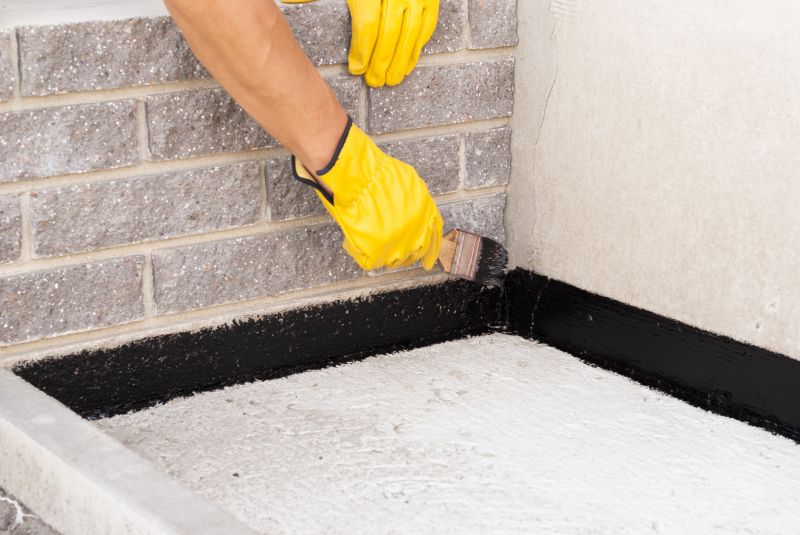
Early summer can be ideal, provided there is no excessive heat or humidity.

Applying waterproofing in fall prepares structures for winter conditions.
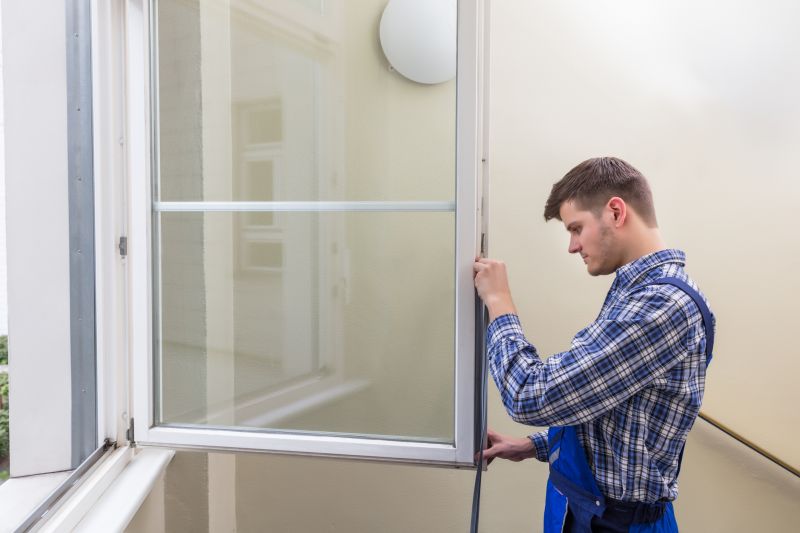
Winter waterproofing is generally discouraged unless using specialized products suited for cold weather.
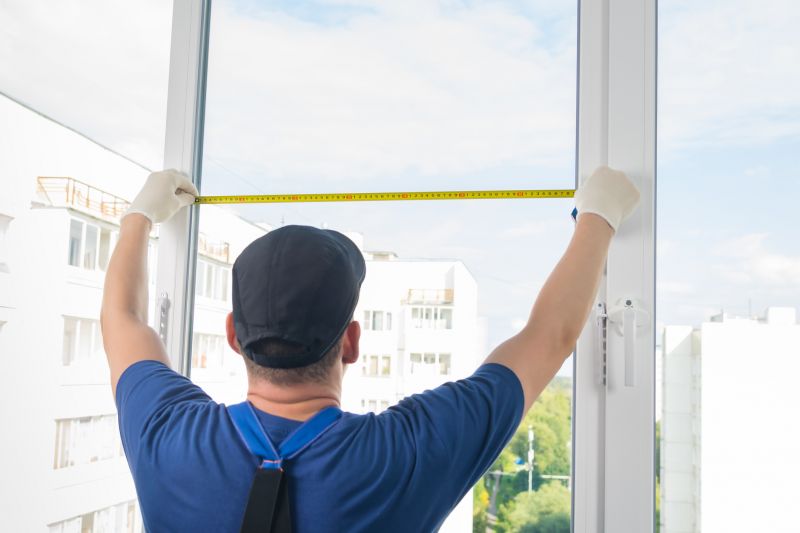
Little measurements that prevent headaches on Waterproofings day.
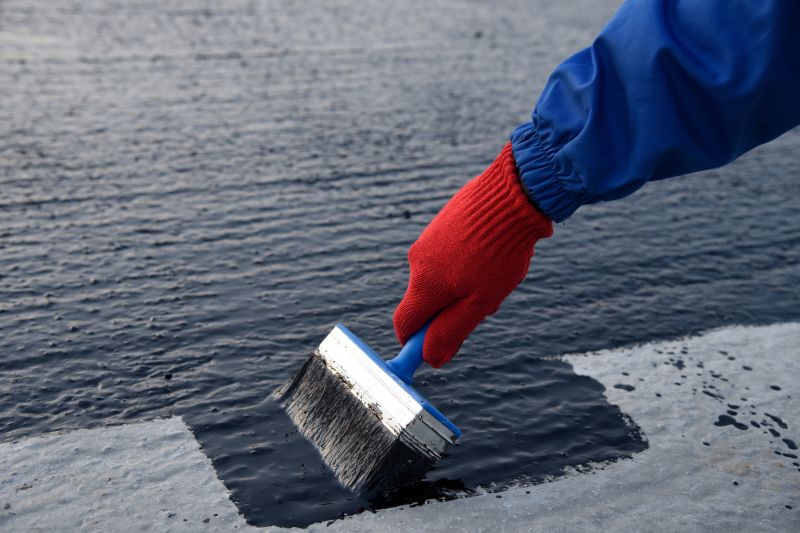
A 60-second routine that keeps Waterproofings looking new.
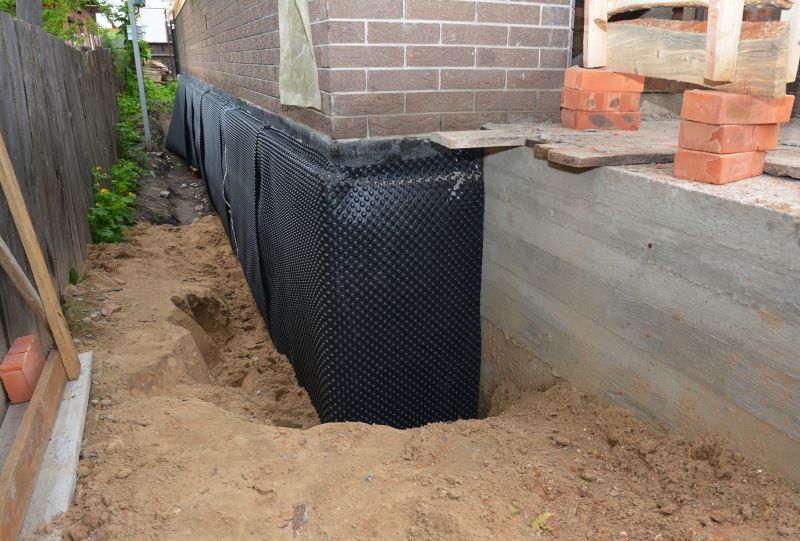
A frequent mistake in Waterproofings and how to dodge it.

Small tweaks to make Waterproofings safer and easier to use.
| Season | Recommended Application Conditions |
|---|---|
| Spring | Dry days, moderate temperatures, low humidity |
| Summer | Early summer, avoid extreme heat and humidity |
| Fall | Dry and cool weather, before winter |
| Winter | Generally not recommended unless using cold-weather products |
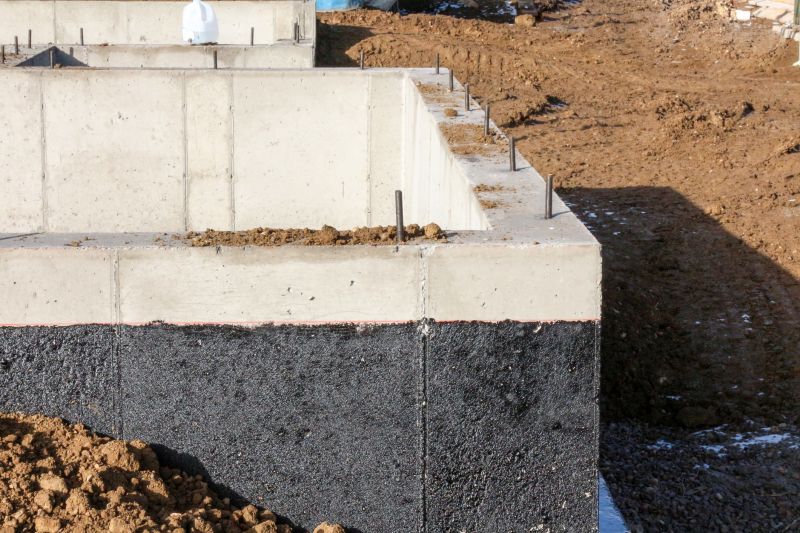
Spring provides optimal conditions with less rain and moderate temperatures.
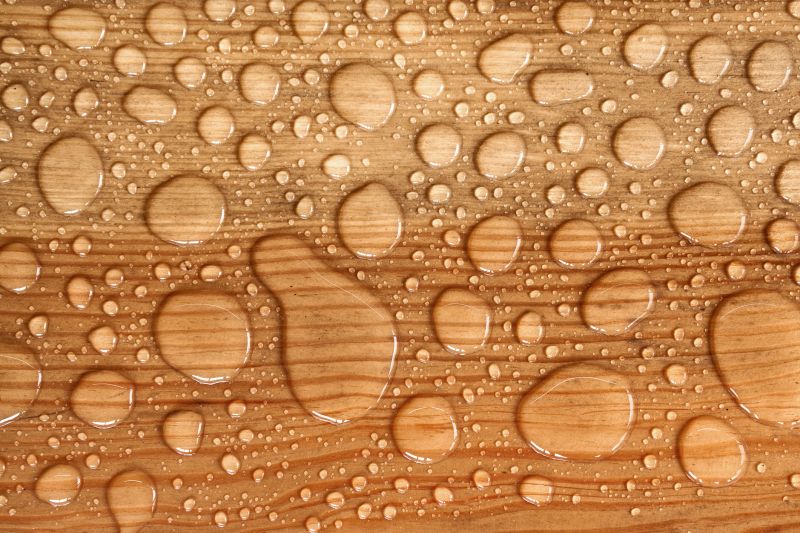
Early summer is suitable when temperatures are stable and dry conditions prevail.
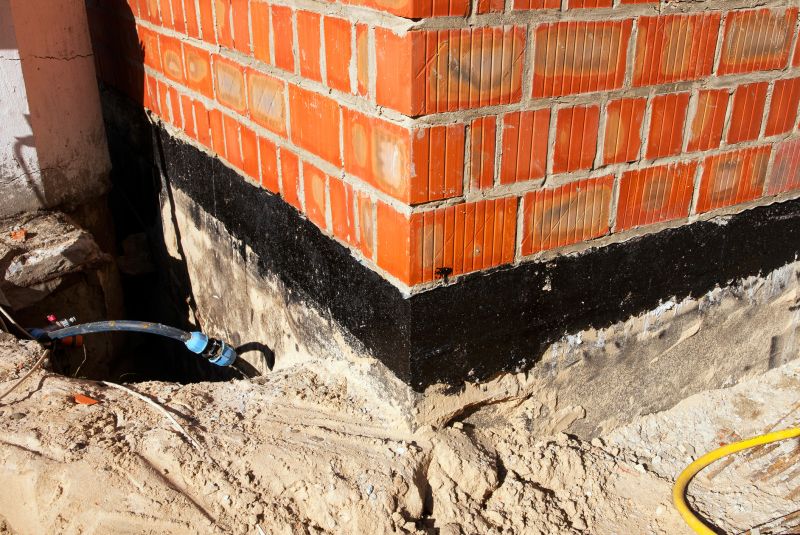
Applying in fall prepares structures for winter and prevents water damage.

Cold temperatures and snow hinder effective waterproofing application.
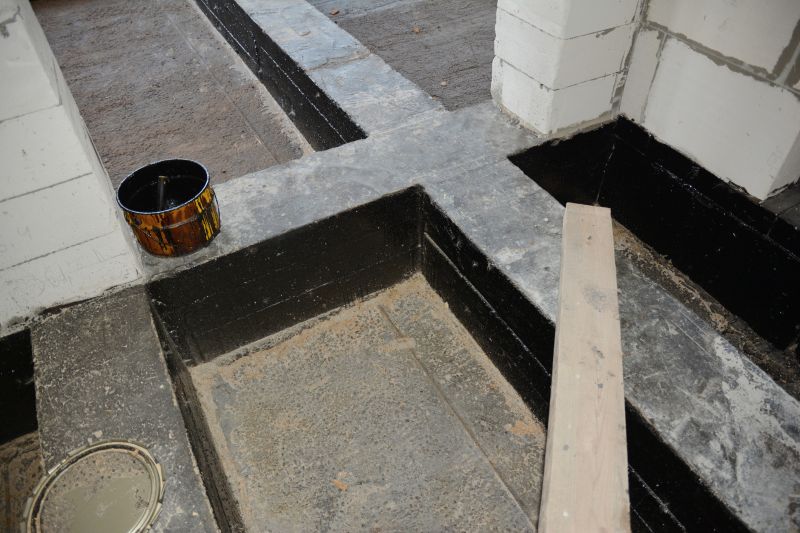
The short, realistic tool list for quality Waterproofings.
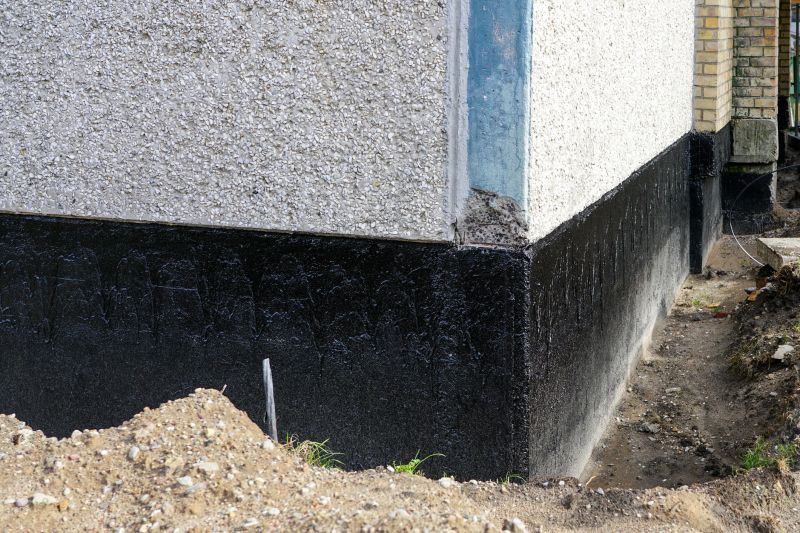
Rough timing from prep to clean-up for Waterproofings.
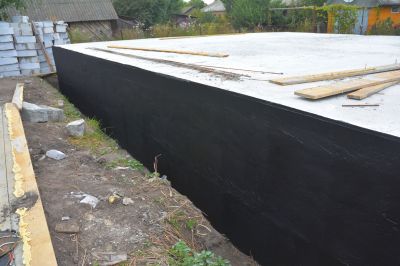
Quick checks and paperwork to keep after Waterproofings.
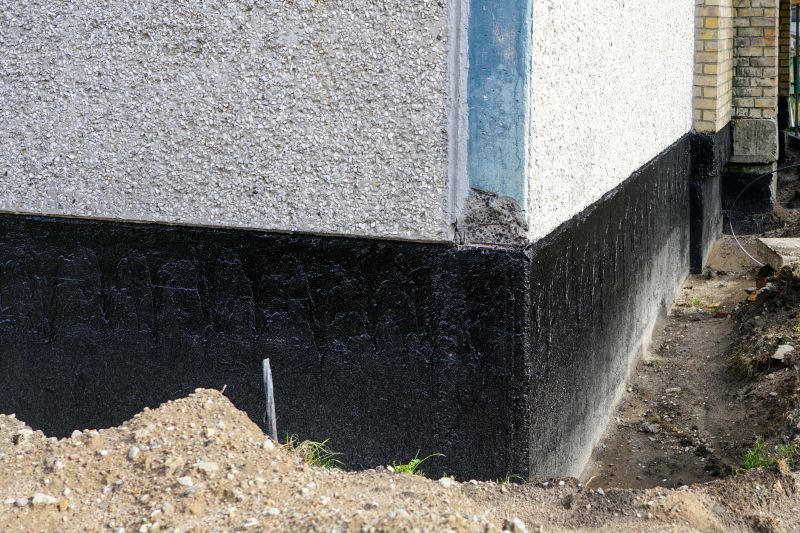
Examples that show the impact a good Waterproofings can make.
Proper timing for waterproofing is critical to ensure maximum effectiveness and durability. Selecting the appropriate season and weather conditions can prevent premature failure of waterproofing layers, reduce maintenance costs, and extend the lifespan of structures. Consulting weather forecasts and planning applications during favorable periods is recommended for optimal results.
Interested in waterproofing services? Filling out the contact form provides an opportunity to discuss suitable timing and options tailored to specific needs, ensuring long-lasting protection against water intrusion.

